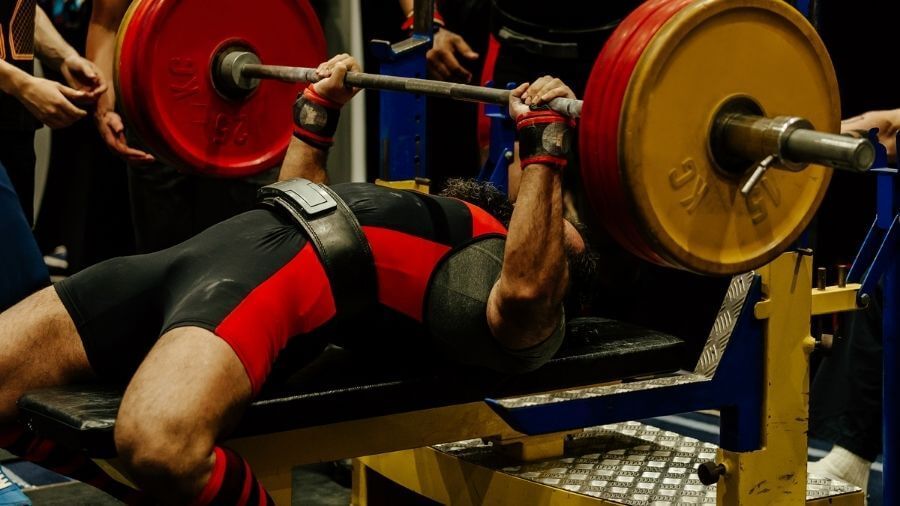Both strongman competitions and powerlifting events showcase impressive feats of strength, but they differ in various aspects. Understanding the key differences between these two disciplines is crucial for enthusiasts and athletes looking to pursue their strength-training journey. In this article, we will explore the contrasting nature of strongman and powerlifting, shedding light on their training methodologies, competition formats, and the physical demands they impose.
Training Methodologies
Strongman training focuses on developing strength, power, and endurance across a wide range of functional movements. It involves lifting and carrying heavy objects such as Atlas stones, logs, and farmer’s walk implements, while also incorporating traditional compound lifts like deadlifts, squats, and overhead presses. The training programs in strongman often incorporate unconventional exercises to enhance overall strength and stability.
On the other hand, powerlifting primarily revolves around three core exercises: the squat, bench press, and deadlift. Athletes in powerlifting train with the singular goal of maximizing their one-repetition maximum (1RM) in each of these lifts. Powerlifting routines often involve higher training volume with variations of these three lifts to enhance specific muscle groups and target weak points.
Competition Formats
Strongman competitions typically consist of multiple events, each testing various aspects of strength. These events can include carrying heavy logs or implements for a distance, lifting stones onto platforms, flipping tires, or even pulling vehicles. Competitors accumulate points based on their performance in each event, and the athlete with the highest overall score is crowned the winner.
Powerlifting events, however, focus solely on the three core lifts: squat, bench press, and deadlift. Athletes compete in each lift individually, striving to achieve the heaviest lifts possible. The highest successful lift in each discipline is combined to calculate the athlete’s total, determining the winner in each respective weight class.
Physical Demands
While both strongman and powerlifting demand tremendous strength, they differ in the physical requirements they impose on athletes. Strongman events require athletes to possess superior grip strength, stability, and cardiovascular endurance, as they often involve carrying heavy loads over long distances or completing events within a specific time limit. Strongman athletes must also have exceptional full-body strength and be able to exert force from various positions and angles.
Powerlifting, on the other hand, emphasizes absolute strength and power in the three core lifts. Athletes need to optimize their technique to maximize the amount of weight lifted for a single repetition. While powerlifters can also benefit from strong overall conditioning, their training primarily revolves around building strength in specific muscle groups relevant to the three lifts.
Conclusion
While both strongman and powerlifting showcase remarkable displays of strength, they have distinct characteristics that set them apart. Strongman focuses on developing functional strength across a wide range of movements, incorporating unconventional exercises and emphasizing endurance. Powerlifting, on the other hand, centers around optimizing performance in the squat, bench press, and deadlift, with athletes aiming for maximum weight lifts. Understanding these differences can help individuals determine which discipline aligns better with their goals and preferences, leading them to excel in their chosen field of strength training.
